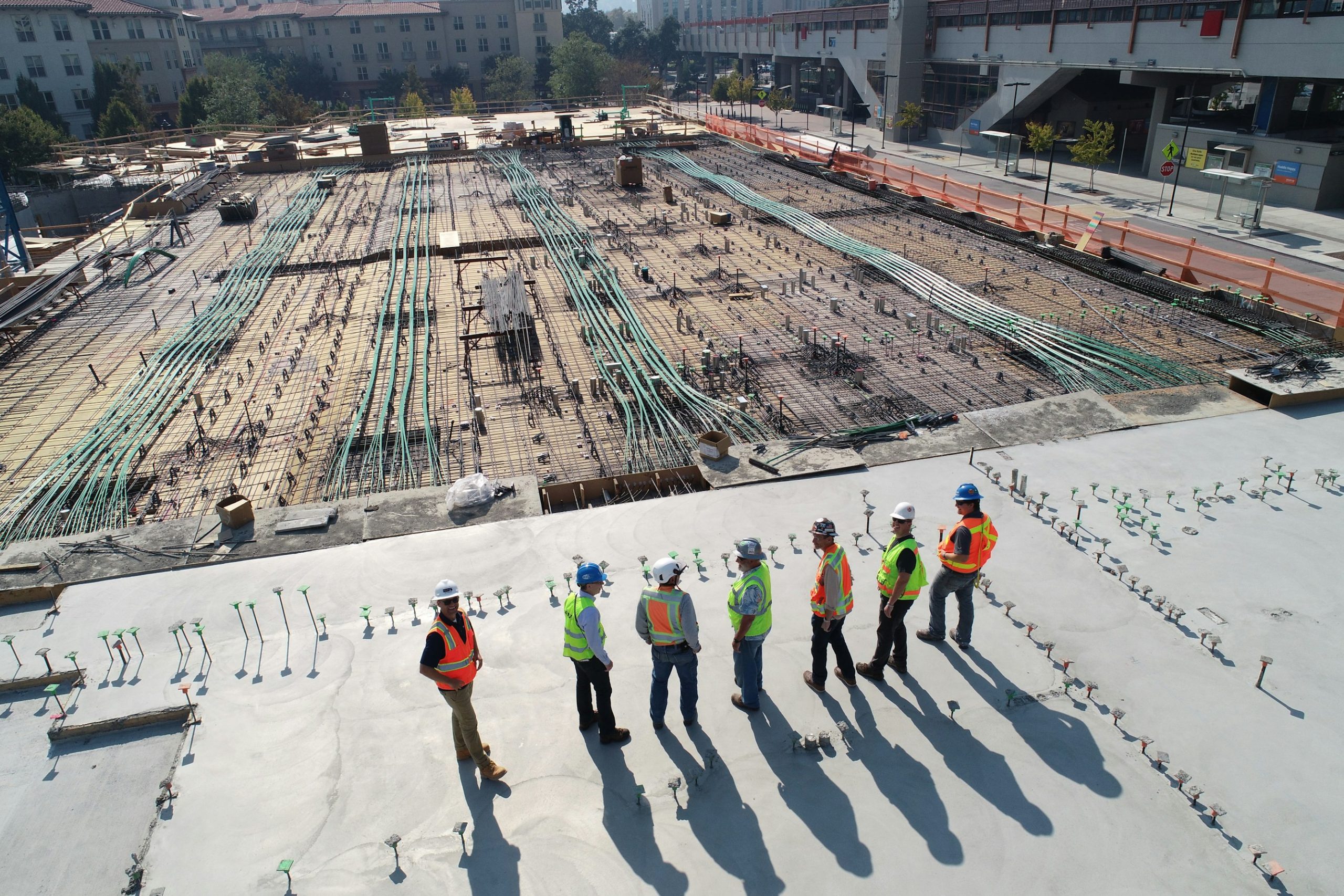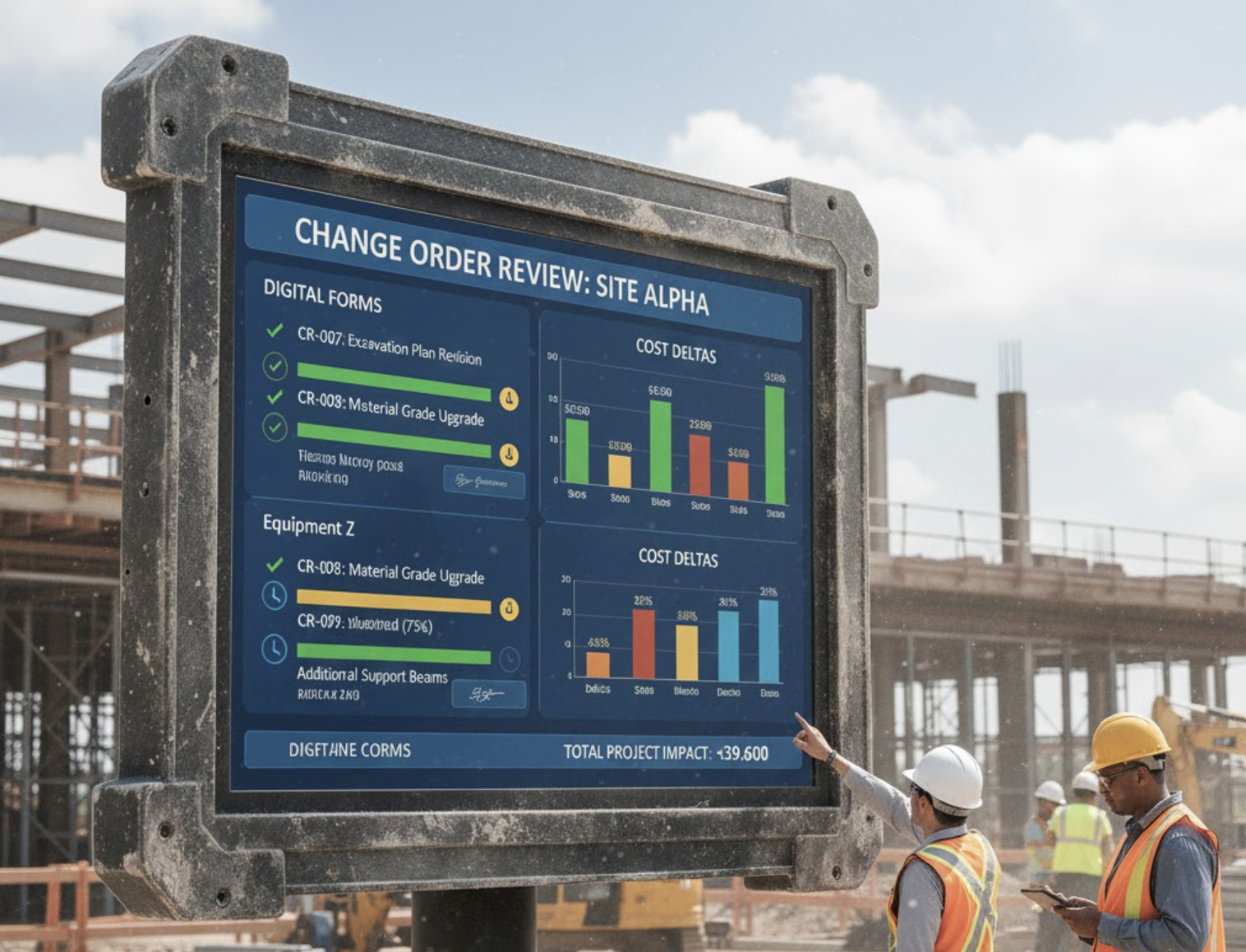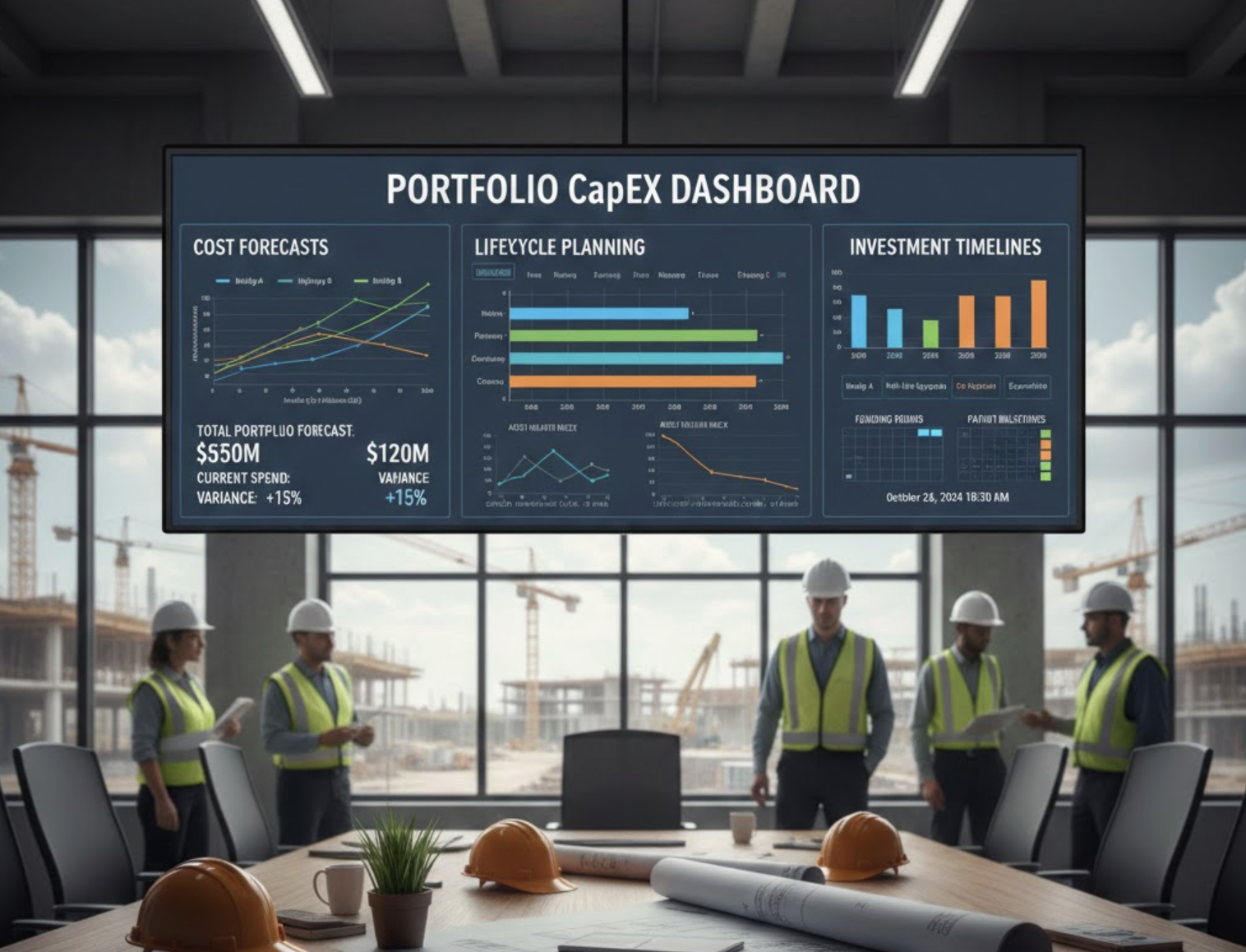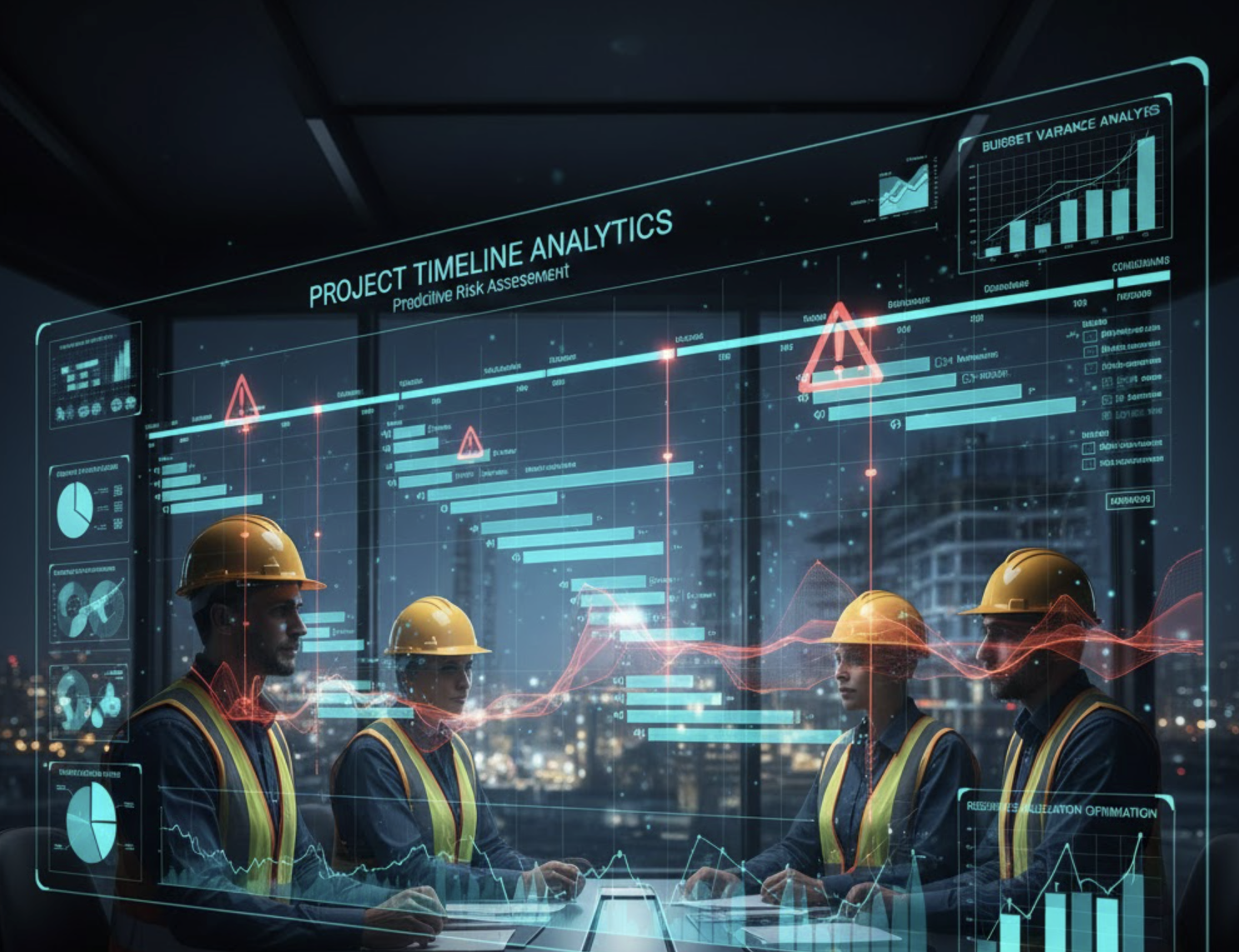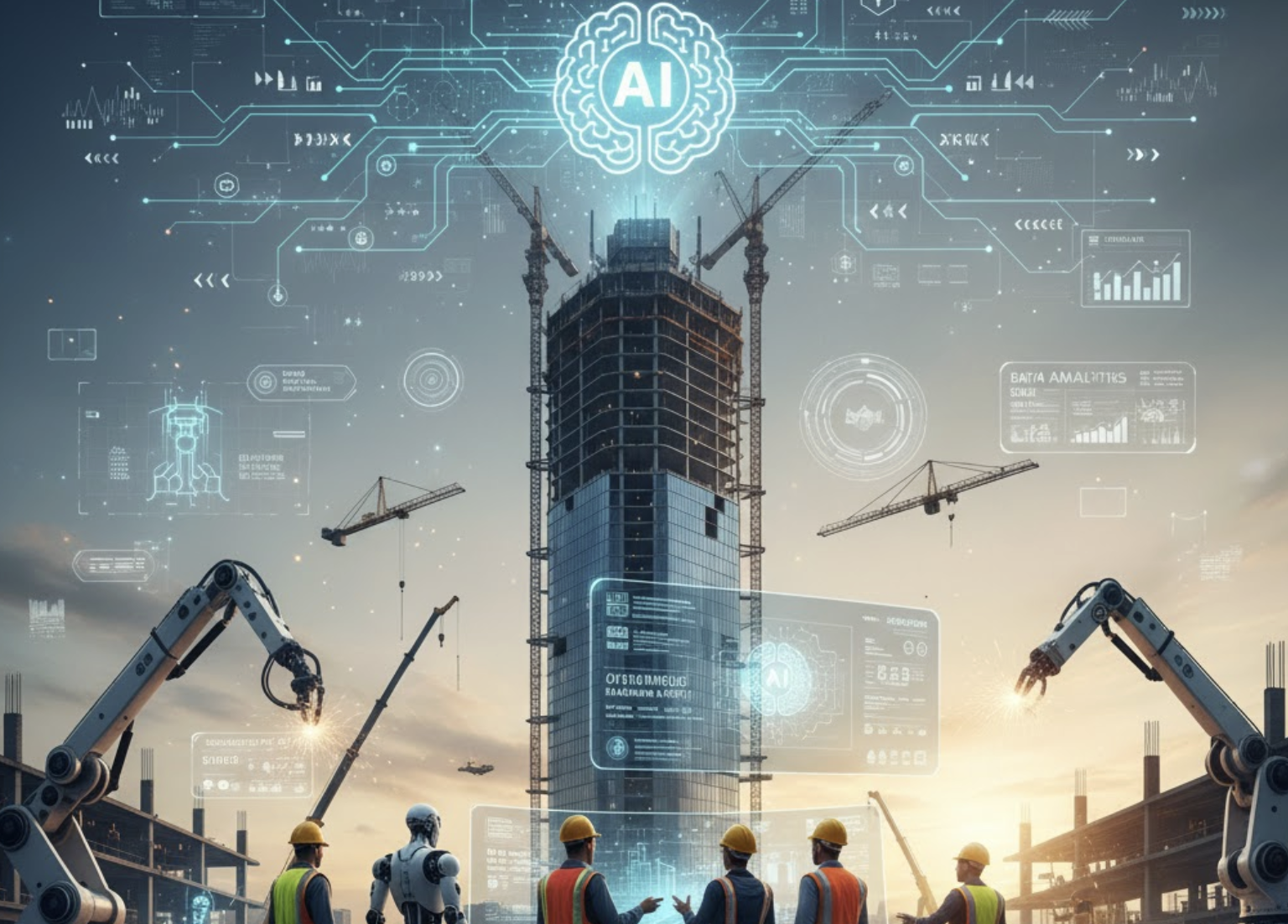Zepth’s AI Risk Tracker vs. Manual Spreadsheets: A Data-Driven Comparison
Overview
In the construction industry, effective risk management is foundational for project success, directly impacting timelines, budgets, safety, and compliance. Traditionally, manual spreadsheets have been employed to manage risks; however, their limitations are becoming increasingly apparent. We explore how Zepth’s AI Risk Tracker, a modern, AI-powered alternative, transforms risk management through real-time analytics, automation, and enhanced accuracy.
Key Features of Zepth’s AI Risk Tracker
Utilizing advanced technology, Zepth’s AI Risk Tracker provides numerous features designed to revolutionize risk management in construction:
Real-Time Data Analysis
The AI Risk Tracker integrates with various data sources, such as site conditions, equipment sensors, and workforce data. This integration ensures live monitoring and detection of anomalies or hazards, allowing project stakeholders to take immediate action to reduce the escalation of risks.
Predictive Analytics and Risk Identification
With the utilization of over 40 AI agents, Zepth’s AI Risk Tracker proactively identifies, assesses, and forecasts risks before they escalate. This capability supports decision-making with forward-looking risk insights, a critical advantage that manual spreadsheets cannot match.
Continuous Risk Monitoring
Maintaining a dynamic risk assessment throughout the project lifecycle, the AI Risk Tracker provides updated and customized risk reports for stakeholders. This feature ensures risks are identified and mitigated promptly, promoting a proactive culture in risk management.
Automated Project Scheduling
AI tools automate the creation and adjustment of project schedules based on real-time changes at the jobsite, such as resource delays, supply issues, or weather conditions. This automation reduces manual efforts and helps keep projects on track.
Enhanced Decision-Making and Site Safety
Providing data-driven, objective insights rather than subjective assessments, the AI Risk Tracker empowers managers to make effective risk mitigation decisions. Consequently, real-time identification and mitigation of risks lead to safer working environments, decreasing the likelihood of accidents and compliance issues.
Efficient Resource Management
By forecasting risk impacts on resource availability, the AI Risk Tracker optimizes allocation and usage, helping to maintain project budgets and timelines while minimizing disruptions from unforeseen risks.
Manual Spreadsheets: Limitations
While manual spreadsheets have been a long-standing method for tracking risks, they present numerous limitations:
Reactive Approach
Manual spreadsheets primarily rely on retrospective data and manual updates, leading to risks being addressed only after they materialize. This reactive approach lacks the predictive or real-time insights that are essential in modern construction management.
Labor-Intensive Processes
Data entry, analysis, and report generation using spreadsheets are labor-intensive and error-prone, resulting in inaccuracies, delays, and potential compliance concerns.
Lack of Integration and Automation
As standalone tools that do not integrate with IoT devices or other management systems, manual spreadsheets create data silos and operational inefficiencies. Furthermore, they do not provide automated scheduling or adaptive resource management.
Delayed Communication
The update and sharing of data in manual spreadsheets are not instantaneous, leading to slower and less efficient collaboration among project teams.
Data-Driven Statistics & Trends
Recent industry studies indicate that AI-driven platforms like Zepth significantly reduce response times, enabling proactive risk management. This advancement leads to fewer project disruptions and improved safety outcomes. Conversely, manual risk tracking methods are linked to project overruns, delays, and compliance lapses, with projects heavily reliant on spreadsheets more likely to experience cost and time overruns due to late identification of risks.
Use Cases and Best Practices
Implementing Zepth’s AI Risk Tracker can lead to substantial improvements in various operational aspects:
Proactive Safety Management
AI Risk Tracker identifies developing hazards earlier than traditional spreadsheet methods, significantly minimizing accidents and health risks on site.
Resource Optimization
Through automated reallocation of personnel and equipment based on real-time risk insights, Zepth ensures high productivity and cost control.
Stakeholder Communication
Instantaneous reporting and alerts within Zepth keep all stakeholders aligned without the delays associated with manual spreadsheets.
Compliance and Audit Trails
With built-in tracking and documentation features, Zepth simplifies compliance reporting and audit processes, streamlining workflows across the board.
Emerging Innovations
As construction continues to evolve, Zepth embraces emerging innovations to enhance risk management:
Integration with IoT and Robotics
The AI Risk Tracker integrates seamlessly with sensors and smart machinery, providing a holistic overview of project conditions and enhancing predictive accuracy.
Unified Construction Management
Zepth’s unified platform consolidates all project data—from risks to schedules and compliance—streamlining management and optimizing resources.
Continuous Learning
The AI agents within Zepth’s platform adapt and improve their risk detection models as more project data is analyzed, augmenting their effectiveness over time.
How Zepth Enhances Construction Management
Zepth’s AI Risk Tracker is a core feature of a larger ecosystem designed to unify all aspects of construction management:
- Risk Identification and Mitigation: Standardized workflows and rapid reporting foster efficient response protocols across teams.
- Project Collaboration: Real-time dashboards and automated notifications enhance communication across all stakeholders.
- Resource Allocation: Intelligent distribution of labor, materials, and equipment ensures timely project delivery and cost efficiency.
- Compliance Assurance: Built-in checks and automated audit trails enhance regulatory and safety compliance.
For further insight into the unique features and capabilities of Zepth, explore our Zepth Construction Management Software Overview.
Conclusion
In conclusion, while manual spreadsheets have served their purpose in construction risk management, Zepth’s AI Risk Tracker exemplifies a significant leap forward in technology. It not only streamlines processes and enhances real-time decision-making but also significantly improves site safety and resource efficiency. As the industry continues its digital transformation, embracing tools like Zepth’s AI Risk Tracker is essential for successful project management.
